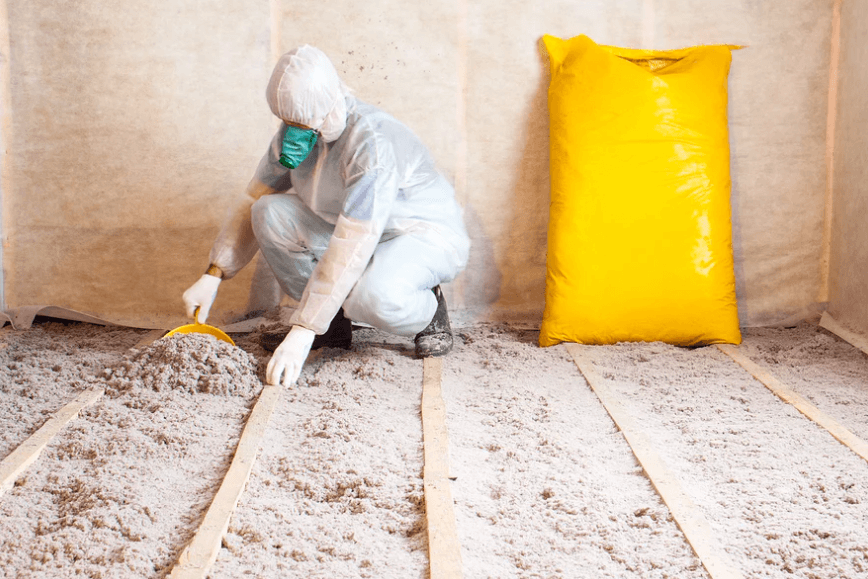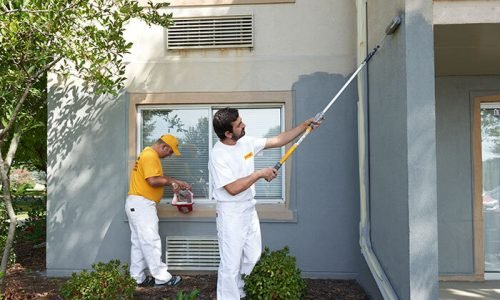Comparing Fiberglass vs. Cellulose Insulation
When it comes to insulating a home, choosing the right material is crucial for energy efficiency, comfort, and cost-effectiveness. Two of the most common insulation options homeowners consider are fiberglass and cellulose. Each has its own unique properties, benefits, and applications. Understanding these differences can help homeowners and contractors make informed decisions about insulation projects.
Fiberglass insulation has been a popular choice for decades. Made primarily from fine glass fibers, it is typically installed in batts or loose-fill form. Cellulose insulation, on the other hand, is made from recycled paper products treated with fire retardants, and it is most commonly installed as loose-fill.
Material Composition and Environmental Impact
Fiberglass insulation is produced by melting sand and recycled glass to form tiny fibers, which are then spun into mats or loose-fill. This process results in a product that is non-combustible and resistant to moisture and mold. However, fiberglass manufacturing requires significant energy, and handling the material can cause skin irritation.
Cellulose insulation is considered an eco-friendlier alternative because it is made mainly from recycled newspapers and cardboard. It undergoes treatment with borate chemicals to enhance fire resistance and prevent pests. Many environmentally conscious homeowners prefer cellulose for its recycled content and lower embodied energy.
Choosing between the two often depends on personal priorities like sustainability, ease of installation, and budget. For instance, Century Insulation offers both fiberglass and cellulose products, helping clients weigh the pros and cons for their specific needs.
See also: Exploring the World of Smart Homes: Are You Ready for the Future?
Insulation Performance and R-Value
The primary function of insulation is to resist heat transfer, measured by the R-value. Both fiberglass and cellulose have similar R-values per inch, typically around R-3.2 to R-3.8 for fiberglass and R-3.5 to R-3.8 for cellulose. However, the installation method and density can influence overall performance.
Fiberglass batts are easy to install in standard stud or joist spacing but may leave gaps or compress, reducing effectiveness. Loose-fill fiberglass can fill cavities but might settle over time. Cellulose is usually installed as dense-packed loose-fill, allowing it to fill irregular spaces more completely and reduce air infiltration better than fiberglass.
The effectiveness of cellulose in reducing air leaks has made it a preferred option for attic insulation, where gaps and drafts are common. If you are looking to improve attic insulation, attic insulation with cellulose can offer improved energy savings.
Installation Process and Considerations
Installing fiberglass insulation is often straightforward. Batts come pre-cut to fit between studs or joists, and loose-fill fiberglass can be blown into spaces using specialized equipment. However, installers must take precautions to avoid compressing the material, which lowers its insulating power.
Cellulose installation requires professional blowing equipment to densely pack the material into cavities, attics, or wall spaces. Because cellulose is denser than fiberglass, it settles less and provides better air sealing. However, the installation process can take longer and requires experience to avoid gaps or uneven coverage.
In addition, cellulose’s ability to conform to odd shapes and fill tight spaces makes it a good choice for retrofitting older homes with irregular framing or damaged walls. Proper installation is key to maximizing the insulation’s effectiveness regardless of material choice.
Moisture Resistance and Durability
One key difference between fiberglass and cellulose insulation is how they respond to moisture. Fiberglass is non-absorbent, so it dries quickly if it gets wet. This property helps prevent mold growth and structural damage, though wet fiberglass insulation loses its R-value temporarily until dried.
Cellulose insulation, being paper-based, absorbs moisture more readily, which can lead to compaction, settling, and potential mold problems if not properly managed. Modern cellulose products are treated to resist mold and decay, but areas prone to high humidity or leaks may require additional moisture control measures.
Homeowners should also consider the long-term durability of insulation. Fiberglass can maintain its insulating properties for many years if undisturbed, while cellulose may settle over time, potentially reducing its effectiveness without occasional top-ups.
Cost Comparison
From a cost perspective, fiberglass insulation is generally less expensive upfront. It is widely available and easier for DIY projects or quick installations. Cellulose tends to be slightly more expensive due to its manufacturing process and professional installation requirements.
However, the superior air-sealing and higher density of cellulose can lead to better energy savings over time, potentially offsetting the initial cost difference. Factors like local labor rates, material availability, and home size will also influence total expenses.
Conclusion
Choosing between fiberglass and cellulose insulation involves weighing several factors, including material properties, installation, moisture resistance, and cost. Both options have proven effective in improving home energy efficiency and comfort when installed correctly.
Fiberglass insulation offers durability, moisture resistance, and ease of installation, making it a reliable choice for many applications. Cellulose insulation appeals to environmentally conscious homeowners and those seeking better air sealing and coverage for irregular spaces.
Ultimately, understanding the characteristics of each type helps homeowners make informed decisions to enhance their home’s insulation performance and energy efficiency.






